The 1990s speak to 2024 in Peter Bagge’s Hate Revisited #1
It’s 2024. Do we really need more HATE in our lives? (Answer: Yes)
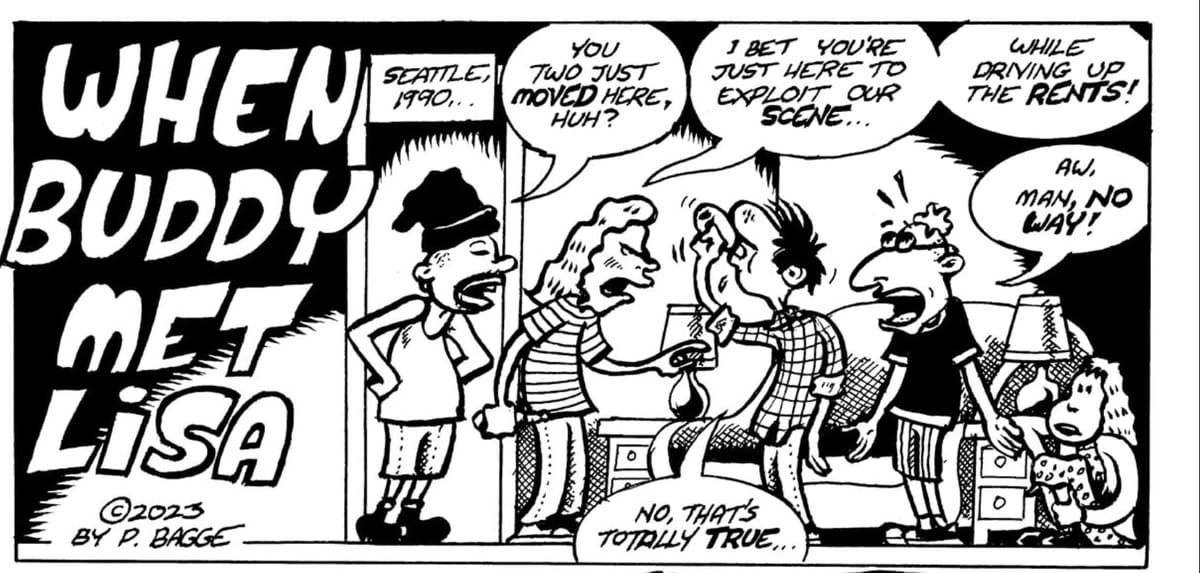
Stinky.
Poor, sweet, stupid, beautiful Stinky.
Some wounds just never heal.
It’s 1994 and I’m reading Peter Bagge’s Hate. Already I feel like I’m late to the party as Bagge had been doing comics about Buddy Bradley’s family since sometime in the 1980s. Discovering the comic in a great little shop in Downers Grove, Illinois, where so many of my tastes developed because of the great alternative comics they carried there, I can still picture the rack where they shelved Hate, kind of off in the corner of the store. Back then, it felt like Bagge was the chronicler of our age, capturing a Gen-X angst and disillusionment with Buddy Bradley, the slacker’s slacker. It feels like it should have been obvious that Buddy was a self-loathing misanthrope but Bagge’s skewering of 1990’s culture made us feel like we were in on the joke rather than maybe a part of that culture that he was trying to warn us about.
But that was the 1990s. It’s 2024 now; surely we’re more enlightened today than we were 30 years ago.
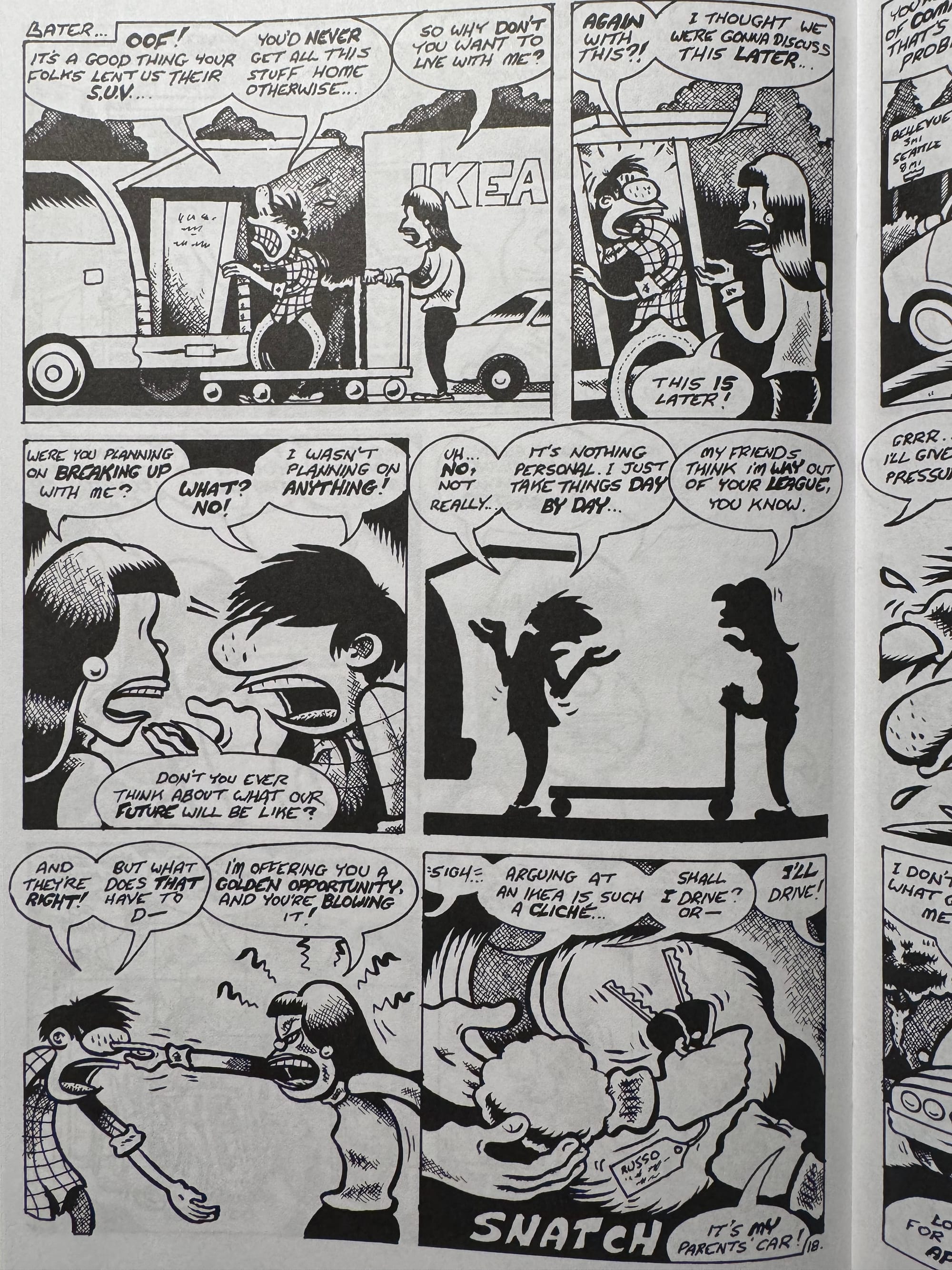
O.k. So maybe we’re not nearly as progressive today as we want to be and Peter Bagge realized that in this election year, we needed to return to Hate. This new Hate comic in 2024 opens up back in 1990 Seattle (remember grunge?) in an untold story about how Buddy met and slept with Lisa, his eventual (somewhere down the road after another failed Buddy relationship) wife. It, as well as all of the 1990s sequences, is in black and white, a throwback to those old comics but also a great device to set this about then and now, how the times are different, and how they are the same. One of the things that we don’t recognize enough in Hate is that it’s a great hang comic— we’re just hanging out with Buddy Bradley, a part of the crowd. It’s kind of like the Brothers Hernandez and Love and Rockets, where so much of the joy of it comes from being in the same space as those characters. The Buddy Bradley stories are like that, like we’re just hanging out with Buddy and his friends, practically there in the room with them, standing in the corner with our beer in hand (probably a cheap one) and just spending time with these guys and gals.
As part of that crowd, we have some secrets that we share with these characters. We have a shared history with Buddy and Lisa so we truly are revisiting them, getting together with them after all of these years to catch up and share some stories. If these are people that we once knew, I can’t say that they’re people we missed. Buddy is more a relic of our past, maybe we could look at him as a fundamental piece of our development but he’s also a limited piece of that development. As Bagge shows in this new comic, we’ve moved on but Buddy has largely stayed the same as he was when we knew him.
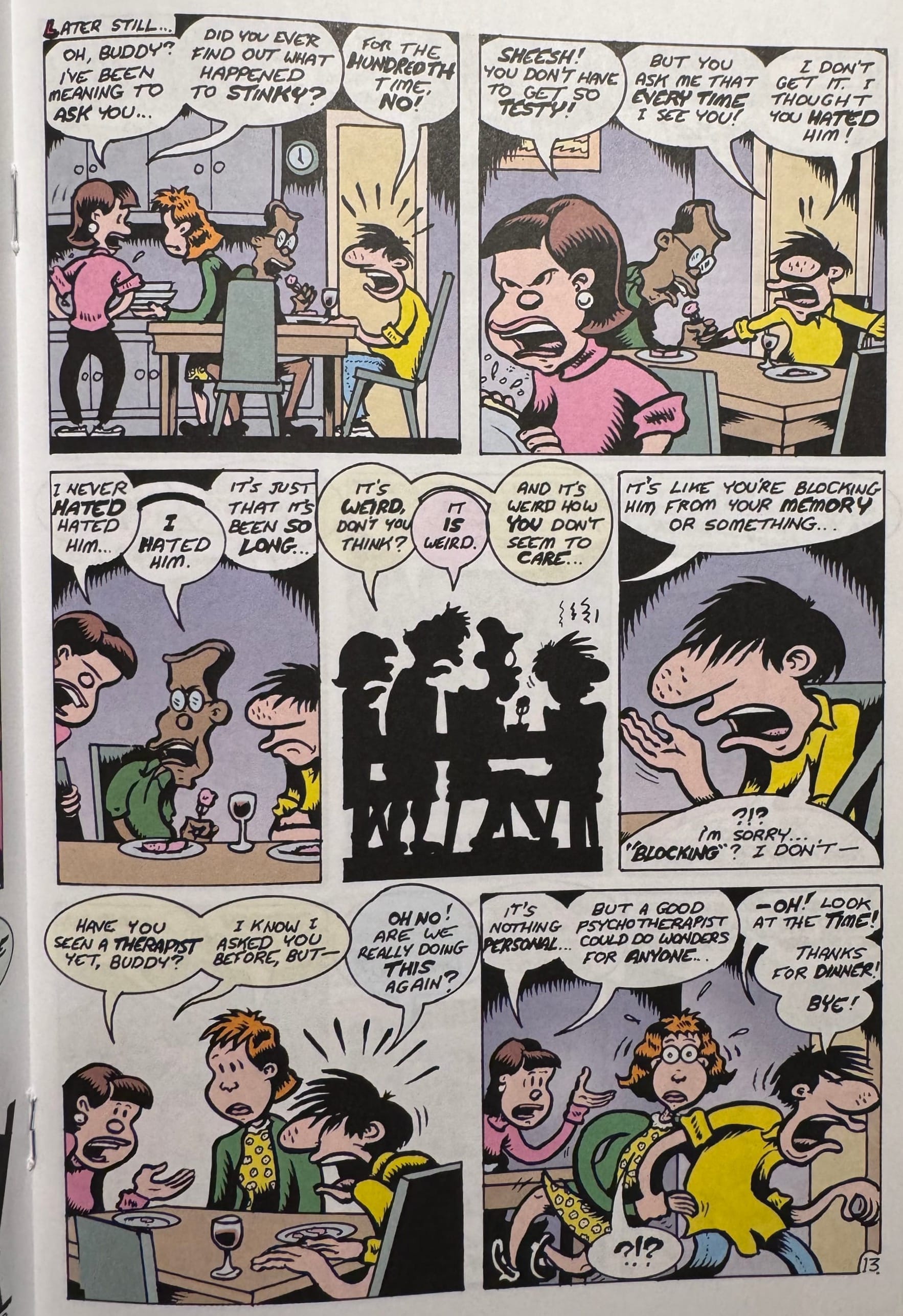
Even if you weren’t there back in the day (as we olds say,) Bagge structures this comic with segments that take place in the early 1990s and 2024. Bouncing back and forth between the periods, he gives us a then-and-now view of Buddy and his friends. There’s this image of them 34 years ago and now, where we see Buddy and his relationships with his wife, his ex, and his old roommates as they were and as they are. For a comic like this that has an old history that a few of us are familiar with, Bagge’s effort to not rely on that old familiarity but present a compare-and-contract story helps us see how much can and can’t change over that period. It introduces tensions between the past and the present, mostly seen when Buddy’s ex Valerie asks what ever happened to his old roommate Stinky.
As Bagge’s Muppet-like characters move through these stories, there’s this charge of self-loathing hanging in the air. His cartoonish abstraction of the human body gives Bagge room to have his characters act and overreact to everything. They can be larger than life in the way that they relate to each other. Bagge’s characters perform on the page and that’s the way that he creates drama in this comic that’s largely a talking-head comic. This isn’t an action comic where we're riveted to Buddy’s every move. This is a book that is largely about people talking to each other, having to be in the world with each other; it’s relatable that way and Bagge keeps us locked in it by the over-the-top physical acting of his characters.
Bagge is a cartoonist who is interested in the ways that we know one another, the ways that we communicate with one another, and the ways that we communicate with one another (or don’t communicate.). By revisiting Hate, Bagge confronts us with all of this, trying to show us all of these connections that we’re probably taking for granted in our own lives. There was a self-obsession in his original run of Hate that has now given way to a weariness, a disconnection to basic relationships that we need to work to maintain.
That disconnection may have been a cool aloofness once upon a time, a rejection of our parent’s Reaganomics and trickle-down theories of the 1980s. And maybe that’s led us to today, where we face a seemingly unending assault by MAGA conservatives (who Buddy voted for is a question asked a couple of times in this book.). Hate Revisited #1 is a political book even if Buddy is apolitical. Bagge has his characters living in and talking about this political world. The first issue establishes that this should be a story about how we live in this world and about how we do it together. Buddy Bradley may not see that but maybe we need to reconnect with Buddy every now and again to be reminded of it.



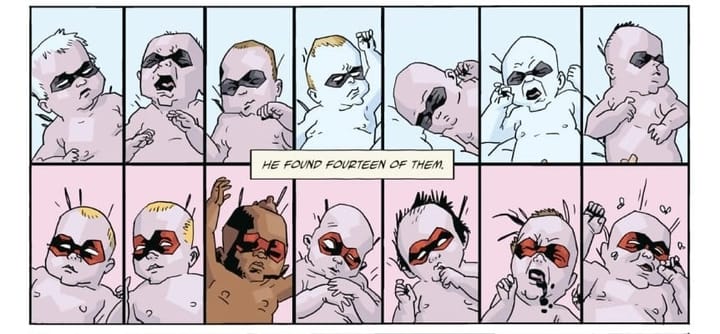
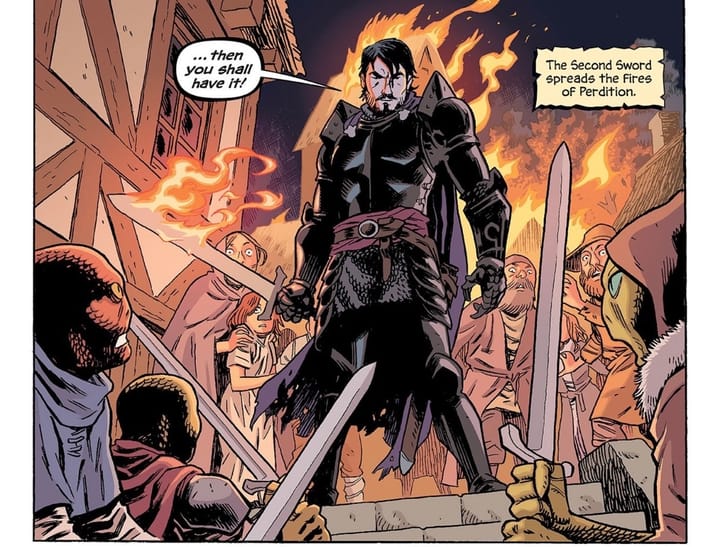
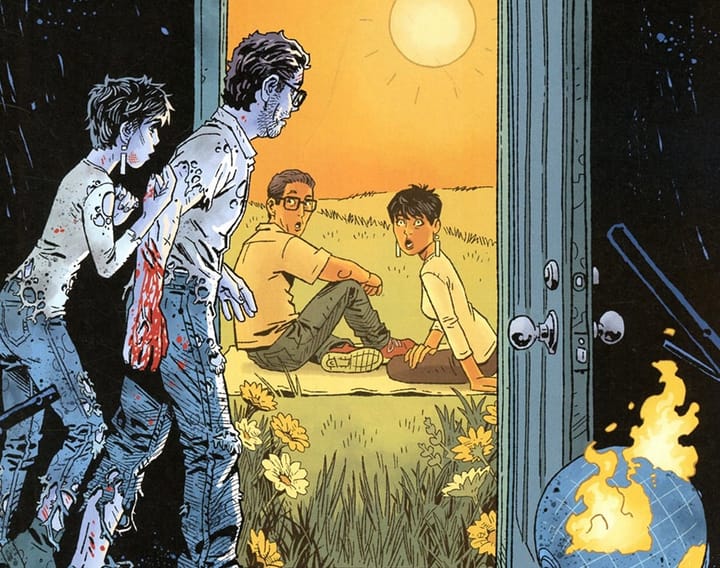
Comments ()